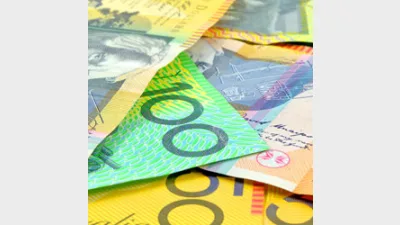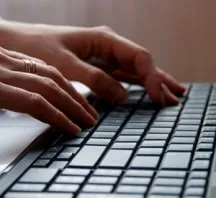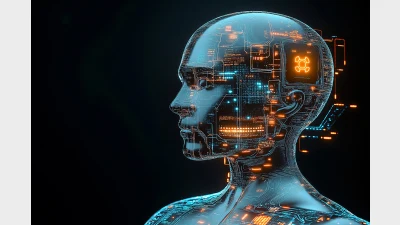State Super uni funding agreement under way



State Super's trustee has written to the universities that are involved in its defined benefit scheme to develop a funding plan to allay fears its university employer reserves would become exhausted from 2015-2022.
The funding plan urged additional employer contributions from 2013-14 onwards to fulfill the defined benefit scheme payments.
The fund's actuary in its June 2009 review estimated that without additional contributions, the separate university employer reserves in the fund would most likely become exhausted from 2015-2022.
But universities must wait for word from current negotiations between the NSW Government and Commonwealth Government as to how much of the liability each government would accept, before agreeing to any funding program, State Super conceded.
In June, both governments wrote to the SAS Trustee Corporation, the trustee of State Super's defined benefit scheme, to confirm that negotiations to resolve the unfunded liabilities of universities were currently being discussed.
They expressed a desire to resolve the issue as quickly as possible, according to State Super.
State Super's defined benefit schemes include the State Superannuation Scheme (SSS), the State Authorities Superannuation Scheme (SASS) and the State Authorities Non-Contributory Superannuation Scheme (SANCS).
Recommended for you
Super trustees need to be prepared for the potential that the AI rise could cause billions of assets to shift in superannuation, according to an academic from the University of Technology Sydney.
AMP’s superannuation business has returned to outflows in the third quarter of 2025 after reporting its first positive cash flow since 2017 last quarter.
The major changes to the proposed $3 million super tax legislation have been welcomed across the superannuation industry.
In holding the cash rate steady in September, the RBA has judged that policy remains restrictive even as housing and credit growth gather pace.










